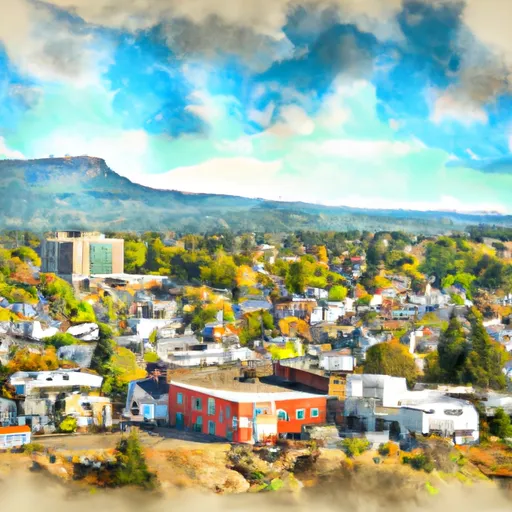°F
°F
mph
Windspeed
%
Humidity











La Grande, located in eastern Oregon, offers a diverse climate with distinct seasons. Summers are warm and dry, with average temperatures ranging from the mid-80s to low 90s Fahrenheit. Winters are cold, with temperatures dropping below freezing, and occasional snowfall. Spring and fall bring mild temperatures, making them ideal for outdoor activities.
Hydrologically, La Grande is surrounded by natural beauty, with nearby rivers and lakes. The Grande Ronde River flows through the region, providing opportunities for fishing, kayaking, and rafting. Anthony Lake, located in the Elkhorn Mountains, is a popular destination for boating, fishing, and hiking. The nearby Wallowa Mountains also offer numerous lakes, streams, and waterfalls for outdoor enthusiasts to explore.
Outdoor recreation opportunities in La Grande are abundant. The region boasts numerous hiking and biking trails, including the scenic Rails-to-Trails pathway, which stretches for miles through picturesque landscapes. The area is home to diverse wildlife, making it a great spot for birdwatching, wildlife photography, and hunting. Additionally, skiing and snowboarding can be enjoyed in the winter months at nearby ski resorts.
Overall, La Grande's climate, hydrology, and outdoor recreation opportunities make it an attractive destination for nature lovers looking to explore the beauty of eastern Oregon.
Weather Forecast
La-Grande receives approximately 419mm of rain per year, with humidity levels near 82% and air temperatures averaging around 10°C. La-Grande has a plant hardyness factor of 6, meaning plants and agriculture in this region thrive during a short period during spring and early summer. Most plants will die off during the colder winter months.
Regional Streamflow Levels
450
Cubic Feet Per Second
299
Cubic Feet Per Second
1,690
Cubic Feet Per Second
634
Cubic Feet Per Second
Nearby Camping
| Camping Area | Reservations | Toilets | Showers |
|---|---|---|---|
| Hu - Na - Ha RV Park | |||
| Anthony Lakes Tent | |||
| Umatilla Forks | |||
| Mud Lake | |||
| Anthony Lake | |||
| Grande Ronde Lake |



